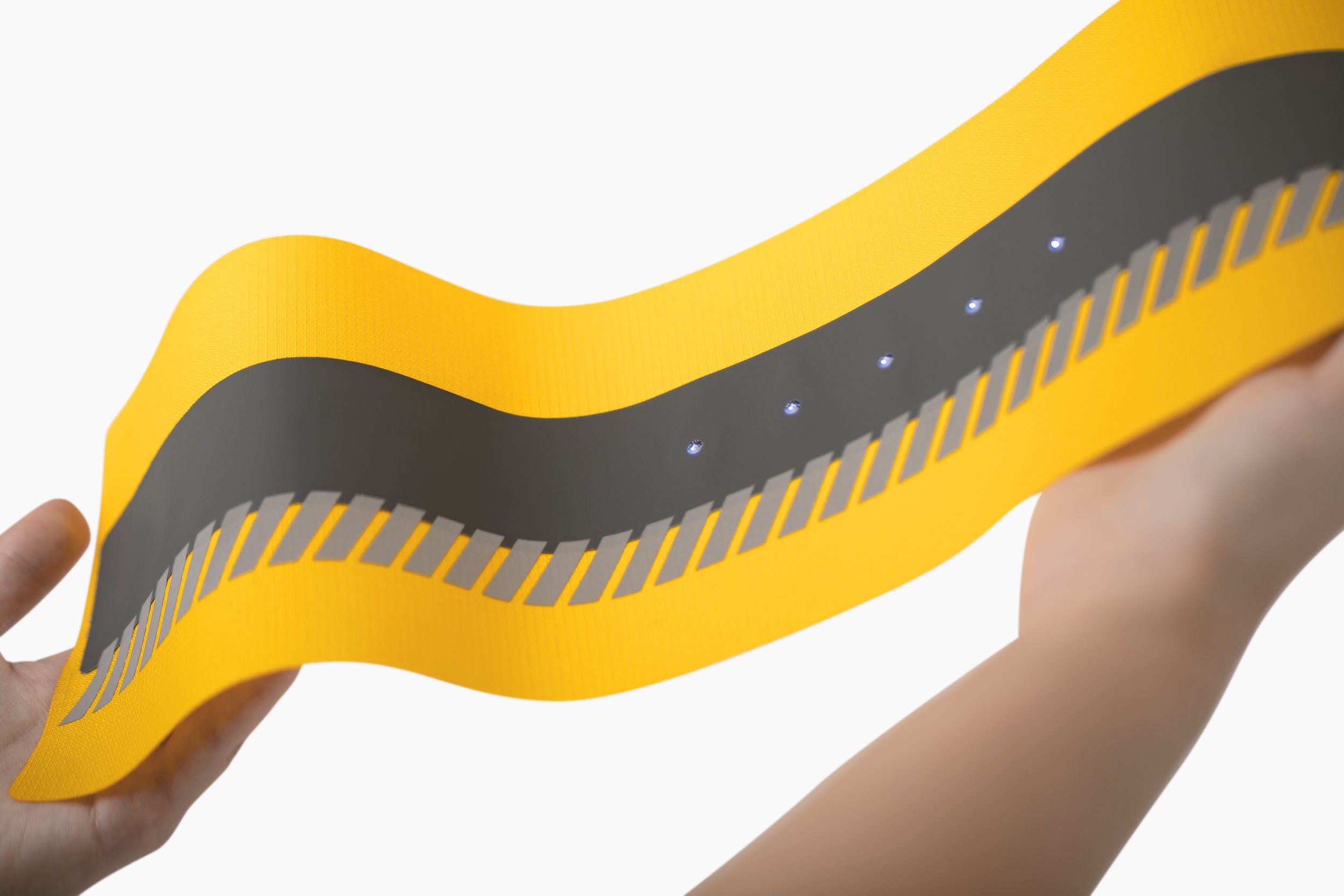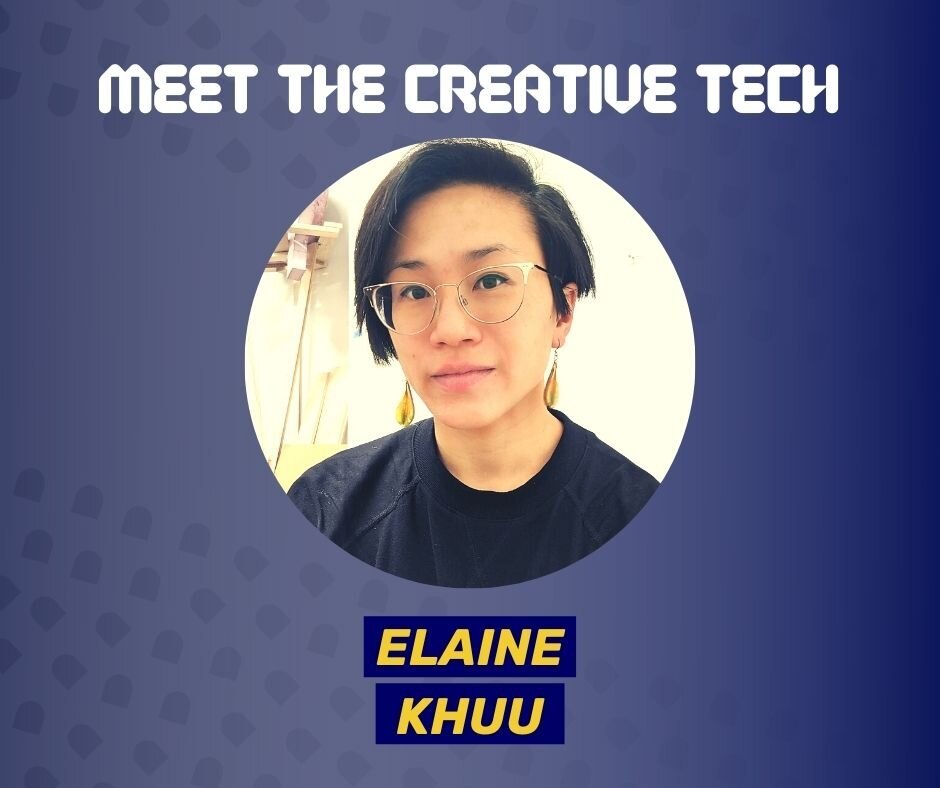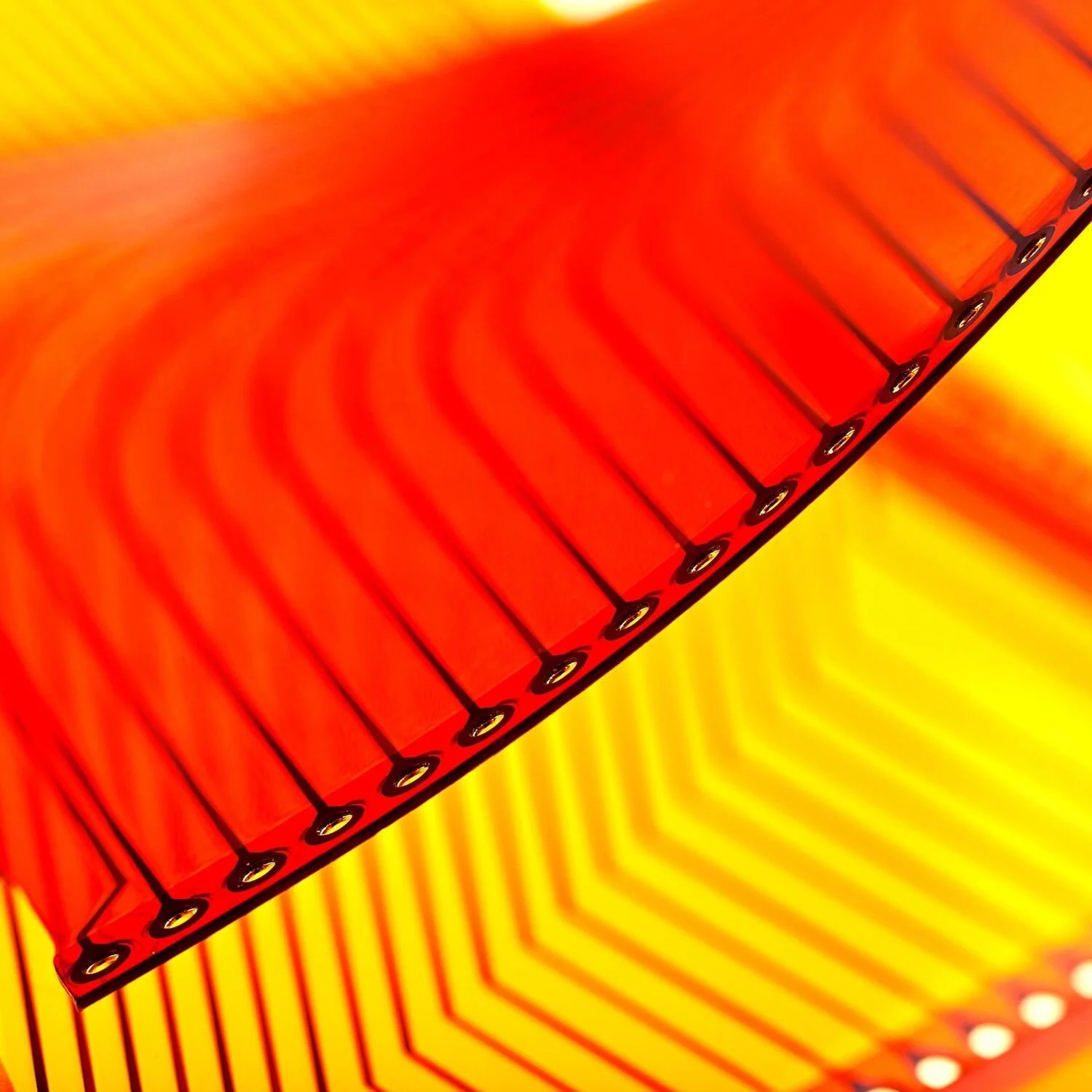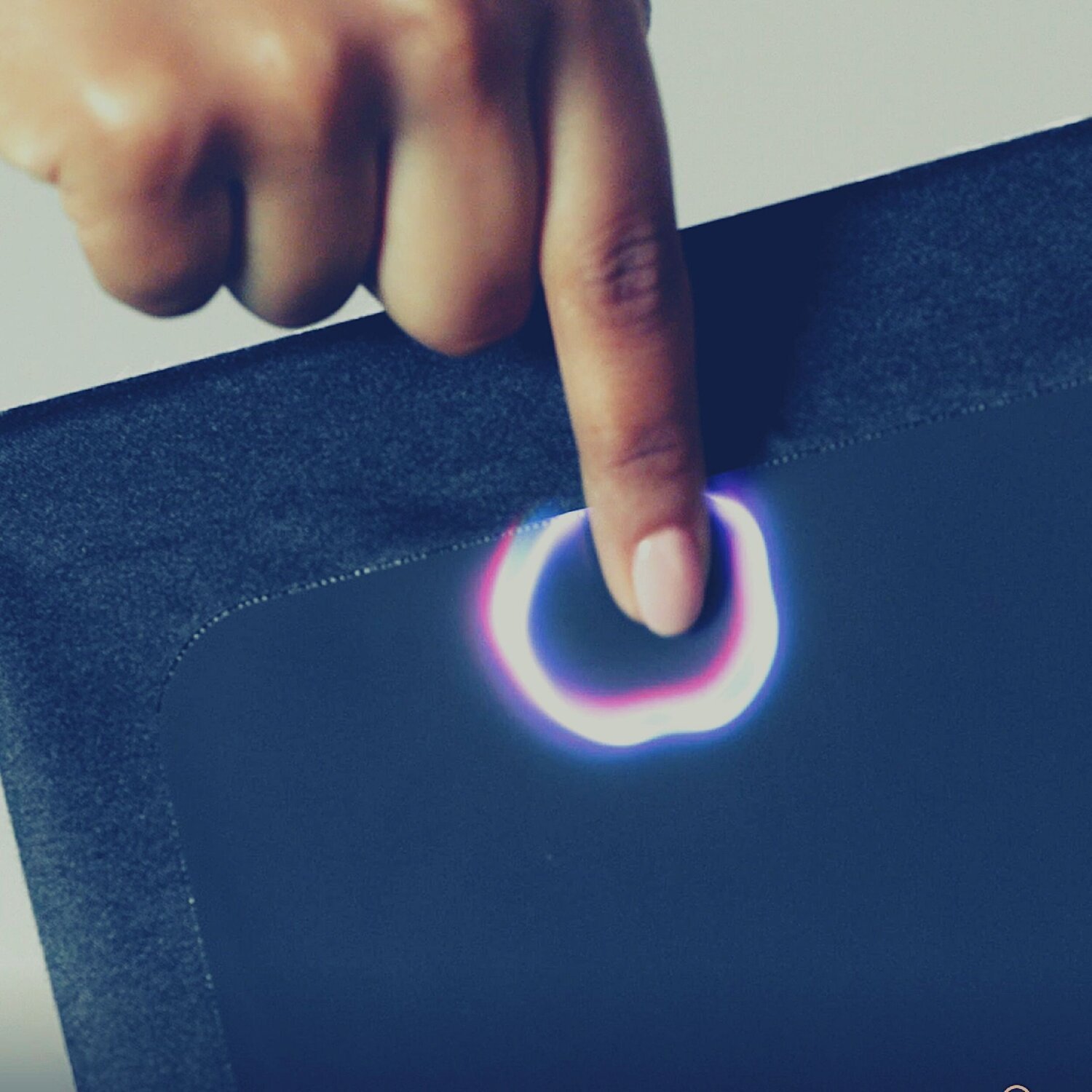
What Are Pressure Sensors?
A pressure sensor is a device that consists of pressure sensitive elements that convert applied pressure into an output signal.
Meet the Creative Tech: Elaine Khuu
Elaine Khuu is a disciplined Creative Technologist and Product Designer who brought lots of enthusiasm and innovative ideas to the table during her time as a LOOMIA Creative Tech Resident.
Meet the Creative Techs: Amped Atelier
Amped Atelier took part in our Creative Tech Residency, and we were so excited to have them on board to work with our new collection of parts! Amped Atelier is a tech couture studio based in California, and Sahrye is Lead Designer at the studio.
Meet the Creative Techs: Petar Sapundjiev and Victoria Manganiello
For the month of January, we will be featuring our latest Creative Tech Residents! We would like to start off by introducing you to Petar Sapundjiev and Victoria Manganiello. Petar is an engineer, artist, designer, and educator whose work combines digital technology and organic natural phenomena. Victoria Manganiello is an artist and adjunct professor who works primarily with textiles.
Washability of E-Textiles
Ever since e-textile technology came onto the scene, one question has lingered in the minds of the curious: Can e-textiles be washed? The short answer? Yes. However, there are some conditions that can change the answer to “sometimes”.
What Are Flexible Heaters? A Technology Deep Dive
A flexible heater is a device which can generate heat with flexible mechanical properties. Flexible heaters are bendable (to an extent) and can adhere to a variety of surfaces; be it curved or linear.
What Are Smart Surfaces?
The definition of smart surfaces isn’t singular; there are many ways to define the term. However, we like how our friends over at Bare Conductive defined the term as, “Any material surfaces that can rearrange their composition or self-enhance their functionality in response to changes in the ambient environment.”
Smart Textiles for HMI
Human Machine Interfaces, or HMIs, are user interfaces or dashboards that connect a person to a machine, system, or device. HMIs can be used for a variety of applications: automotive interiors, wearable devices, home appliances, and more.
Killing Viruses with Heat: Can It Be Done?
With the current public health crisis, the use of medical wearables is gaining quite a bit of traction. From wearable devices that can detect symptoms early on, to self-cleaning masks, inventors and consumers alike are looking for any way to stay healthy and slow the spread of COVID-19. At the start of the pandemic, the LOOMIA team got thinking about how heat could play a role in killing the virus.
What Happens in the LOOMIA Lab?
The LOOMIA Lab was created to help Research and Development teams, as well as innovation engineers, produce next generation products using our patented e-textile technology.
E-Textiles, Smart Textiles, Flexible Hybrid Electronics: Who’s Saying What?
Recently, LOOMIA and the Unstable Design Lab jointly ran a survey that asked people working in e-textiles (or more broadly, “electronics + textiles”) how they liked to talk about their work.
A Deep Dive into the LEL Capabilities
We’ve covered a lot of territory on the blog thus far: what e-textiles/smart textiles are, how they work, what they can be used for, and how they compare to the alternatives. A topic we haven’t gone into detail about, however, is our technology; the LEL.
E-Textiles for Health Monitoring
In the case of most e-textiles on the market, they often function as either electrodes (which can be used for direct readings like EKG or EMG) or power and data cables, connecting sensors and power sources. These components can be integrated into various types of medical wearables, and the possibilities expand even further beyond the healthcare applications we will be discussing here.
E-Textiles: From Prototyping to Production
Electronic textiles, or “e-textiles”, can provide companies in a variety of industries with a solution for adding functionality to their products.
What Are Flex PCBs?
If you are familiar with the terms printed electronics, flexible electronics or flexible circuits, you’ve probably heard Flexible Printed Circuit Board (Flex PCB) tossed around in the mix.
What Are Printed Electronics?
Printed Electronics are an emerging technology that have grown with an increased demand for wearables and other devices. As these devices become thinner and more lightweight, the need for smaller and more flexible PCBs grows; and printed electronics are the answer. Sounds simple, but the mechanics are a bit complex.
What Are Soft Circuits?
Chances are, if you are as entrenched in e-textiles as we are, you are familiar with another term- “soft circuits”. It’s a term that is used interchangeably with e-textiles and describes the soft and flexible portion of the circuit more-so than the electronic portion of the circuit (as e-textiles does).
Tech Trends at CES 2020
The Consumer Electronics Show (CES) was held in beautiful Las Vegas this year, and in case you are not familiar with the event; it is a time for all of tech’s big (and small) players come together to showcase new products, discuss trending topics in the industry, and basically “geek out” for three days. Think Coachella, but for electronics aficionados. While the event was a bit overwhelming to the senses, we were able to compile some key moments from the event.
5 Uses for E-Textiles
There remains some lingering confusion and wonder around what e-textiles can do. More specifically, people often wonder how this technology can make our lives easier. This is not a question that can be answered simply, as e-textiles have a variety of uses and functions. E-textiles are a foundational technology, meaning they are part of a larger product.
What Are Smart Textiles?
There is a lot of information floating around the World Wide Web regarding the specifics of e-textiles. One topic we found popping up time and time again is, “the differences between ‘passive’ and ‘active’ e-textiles.” Now, it is important to note that passive textiles are not necessarily considered e-textiles, but should instead be referred to as ‘smart textiles’.




















